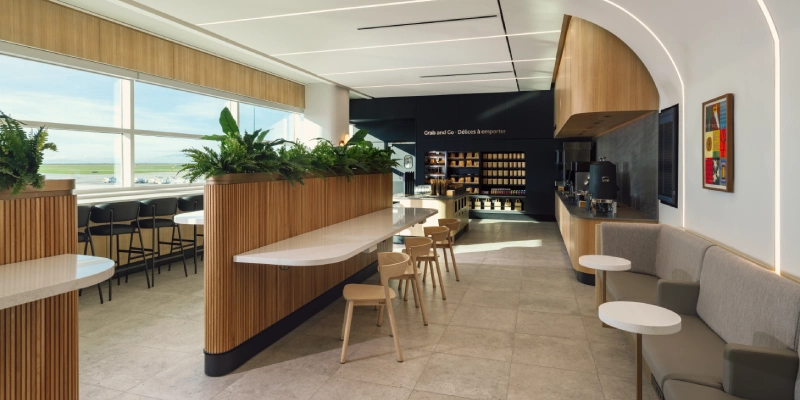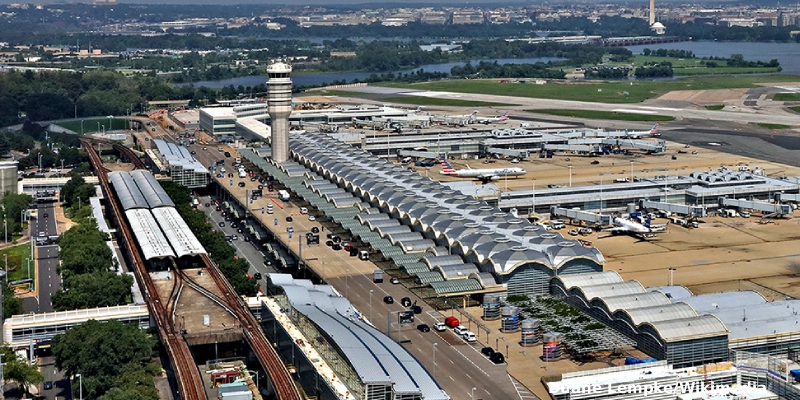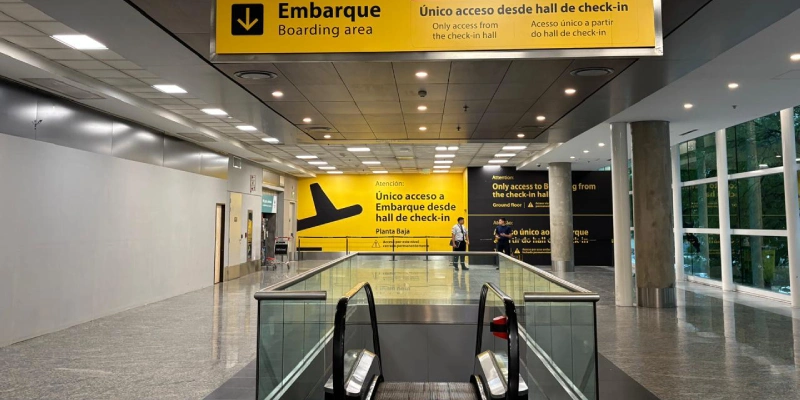AirAsia continues to demonstrate its resilience and growth vision by negotiating with Airbus to convert narrow-body aircraft orders to the A321XLR, the most advanced single-aisle aircraft in terms of range. This move is part of a restructuring effort aimed at securing the airline’s future and strengthening its competitiveness in the global market.
AirAsia’s Restructuring: A New Strategic Approach
After facing severe financial difficulties due to the COVID-19 pandemic, AirAsia has been undergoing significant restructuring. The global health crisis hit the aviation industry hard, but the airline has begun showing signs of recovery. With over 350 aircraft in its order portfolio, the company is making critical decisions to adapt to a competitive and high-risk environment.
Tony Fernandes, CEO of Capital A Group, AirAsia’s parent company, confirmed that negotiations are underway with Airbus to modify some existing orders and convert them to the long-range A321XLR model. This aircraft is particularly relevant for the airline, as it will enhance its capacity to expand into international routes, bolstering its global presence.
The A321XLR: Betting on Range and Efficiency
The A321XLR is the longest-range single-aisle aircraft in the aviation industry. With the ability to cover longer distances without compromising fuel efficiency, this aircraft gives AirAsia a competitive edge in its expansion plans. The airline, already one of Airbus’s top customers, believes this model will be essential for opening new long-haul routes, especially in non-traditional markets.
While the aircraft order restructuring does not necessarily mean an increase in the total number of planes in AirAsia’s fleet, the A321XLR will be a key tool for improving operational efficiency. Its ability to fly longer distances at a reduced cost makes it an ideal model for the airline, which is focused on maintaining its low-cost structure while expanding its network.
→ Australian Qantas takes delivery of its first Airbus A321XLR
The Role of Negotiations with Airbus
The talks between AirAsia and Airbus are a crucial step in the financial restructuring process. Although the airline had been considering orders for smaller models like the A220, such plans have taken a backseat. The current priority is securing the A321XLR, which represents a long-term strategic investment for the company’s expansion.
In this context, it is worth noting that an agreement could be finalized in the coming weeks when Malaysian Prime Minister Anwar Ibrahim visits Paris. However, some uncertainty remains, as the negotiations are not yet concluded. Despite this, discussions are progressing with the hope of reaching a deal that will drive the airline’s growth.
Gulf Expansion: New Connection Opportunities
Another key component of AirAsia’s global expansion strategy is its interest in establishing an operational hub in the Gulf region. Fernandes mentioned that the airline is in talks with several potential locations, including Saudi Arabia and Ras Al Khaimah in the United Arab Emirates. A hub in this region would be strategic, offering the airline direct connectivity to markets in the Middle East, Africa, and Europe.
Expanding into the Gulf would not only benefit the airline in terms of geographic coverage but could also provide easier access to new customers in a highly competitive market. Strengthening operations in this region is seen as a pivotal step toward diversification and long-term sustainability for AirAsia.
The Malaysian airline is taking firm steps toward a more solid and globally competitive future. Through the restructuring of its aircraft orders and its commitment to Airbus’s A321XLR, AirAsia aims to restore its financial stability and position itself as a key player in the long-haul flight market.
Related Topics
Air Canada Inaugurates its Fourth Café at Vancouver Airport
Operations Resume at Ronald Reagan Washington National Airport Following Bomb Threat to United Airlines Flight
Argentina: New Improvement Work Begins at Aeroparque Passenger Terminal
Delta Inaugurates Second-Largest Sky Club in Salt Lake City

Plataforma Informativa de Aviación Comercial con 13 años de trayectoria.




